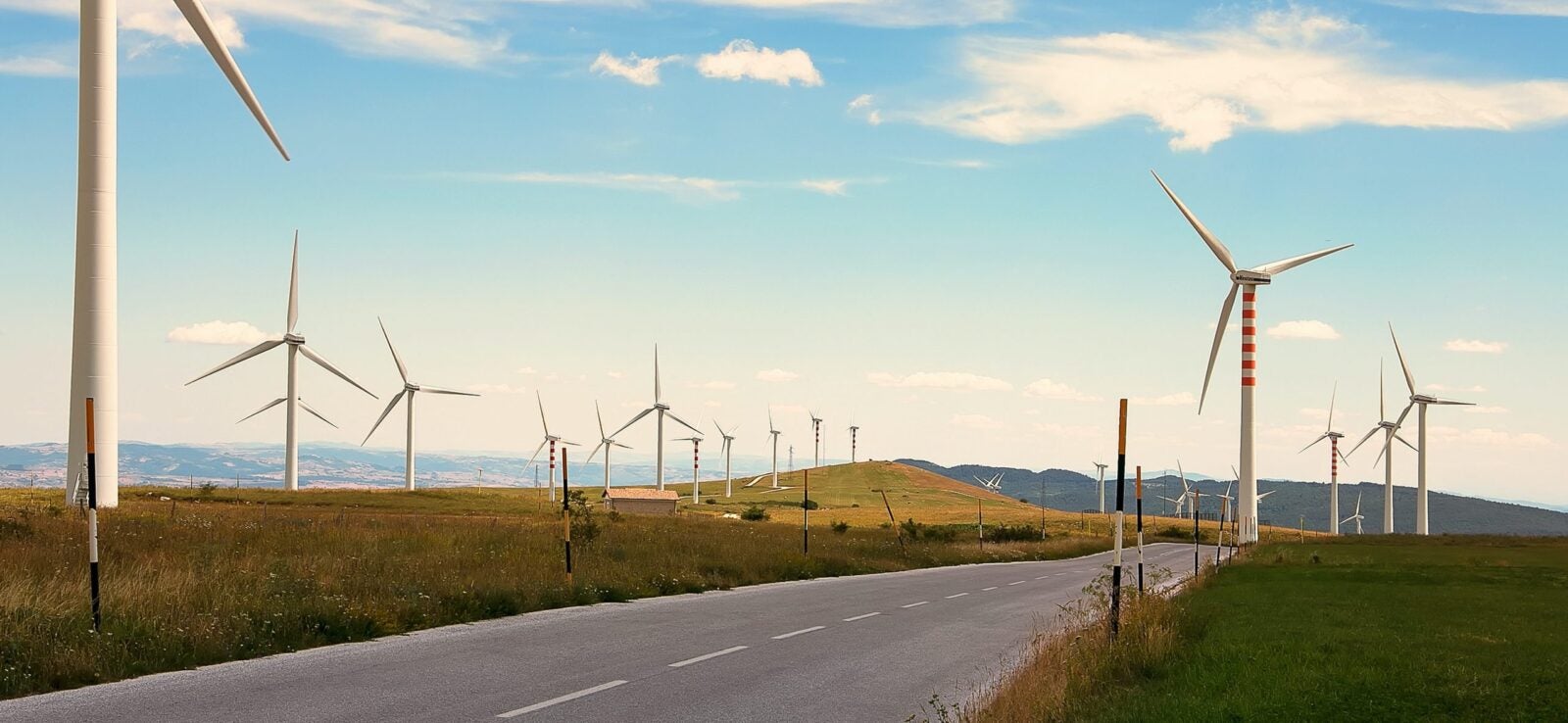Guiding Energy Storage Capacity Investment for Renewable Grids
Renewables are key to fighting climate change and simultaneously promise lower long term energy costs. Yet, as societies, utilities, and regulators increasingly move towards low carbon power sources, they face the challenge of supply intermittency which makes it difficult to reap the economic benefits that new energy technology promises.
Traditionally, gas-fired back-up plants were used to match the demand with increasingly intermittent supply but recent innovations have made industry-scale energy storage cost-competitive. Yet, it is not understood what the optimal size of energy storage is to achieve cost- and emission-optimal energy production. Without this knowledge, it is not possible to coordinate infrastructure efforts or design effective policy in this industry. This project aims to develop a framework that allows regulatory and strategic investment decisions into storage capacity to be guided by a quantitative assessment. This project will use historic utility-level data to develop the necessary understanding of the trade-off between storage capacity and back-up capacity with respect to cost and emissions levels. This project seeks to analyze the effects of intermittent volatility, carbon-taxation and technological innovation on this balance. It aims to develop a theoretical model to capture these influences on a high-level and do a granular simulation of existing energy systems to validate the developed model and effect sizes.
Grant Result
Wind has become the cheapest energy source, and energy storage is becoming cheaper every year. Together they could become the main source of electricity worldwide. When will this happen and which storage technology will prevail?
Read the Digest
Christian Kaps
Doctoral StudentChristian Kaps is a Ph.D. candidate in the Operations, Information and Decisions Department of the Wharton School.

